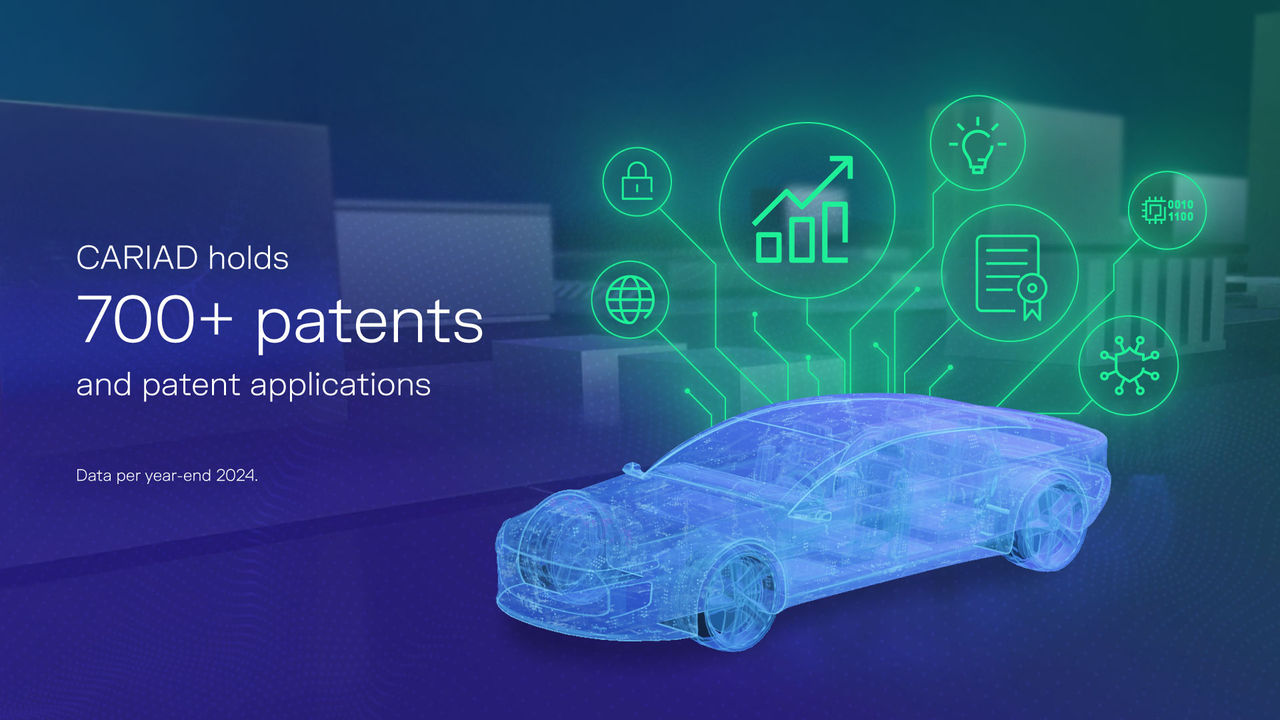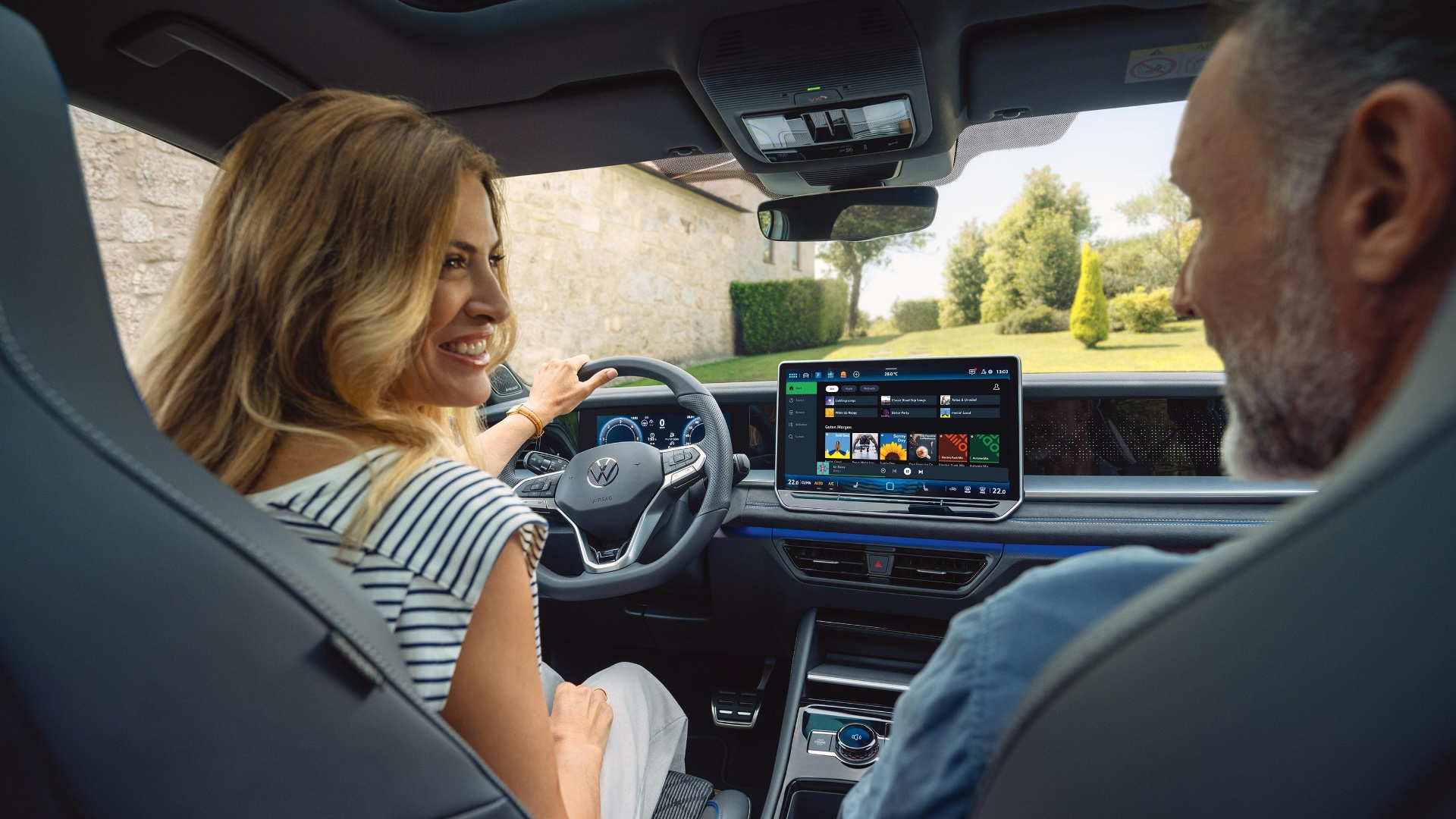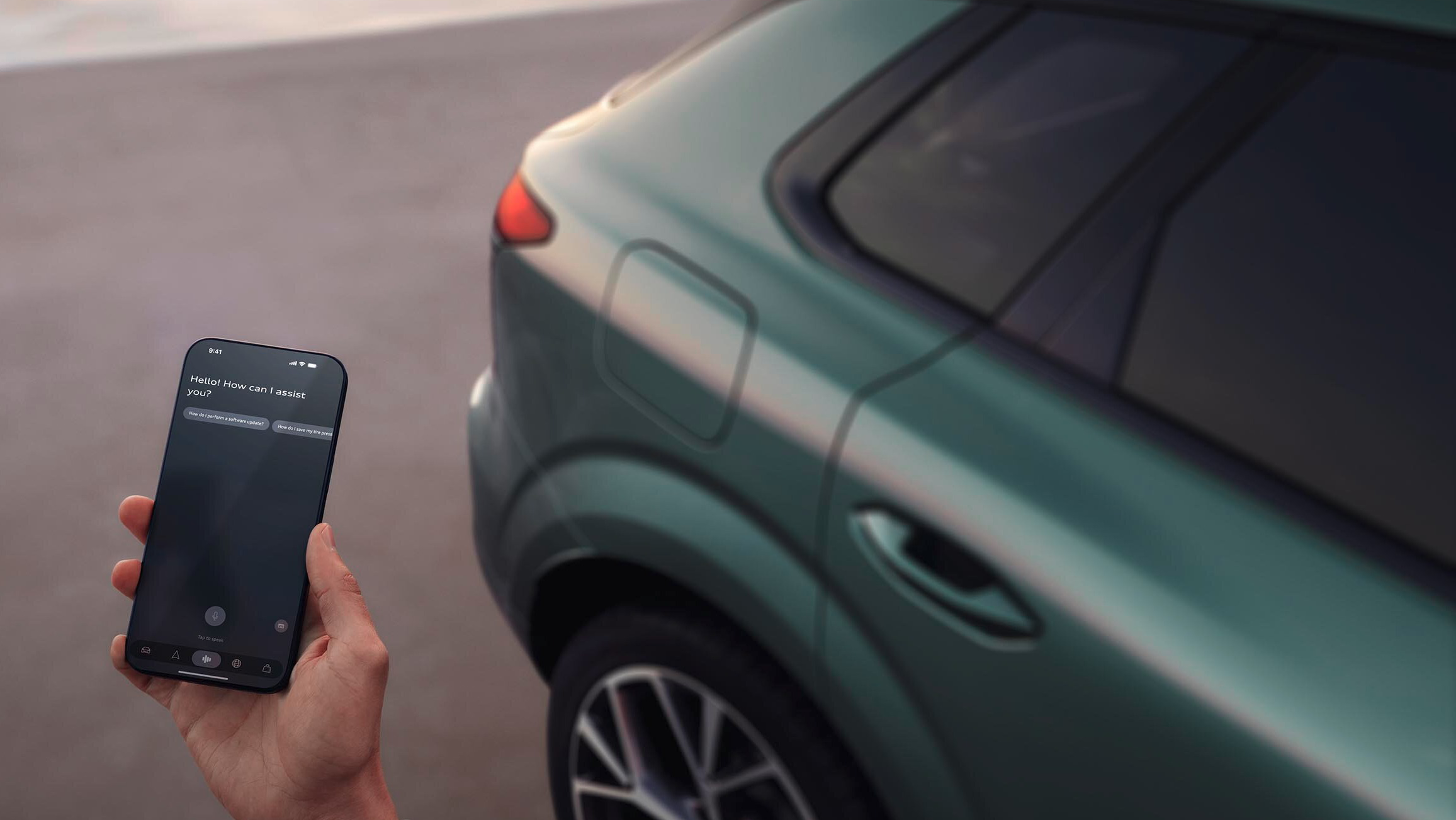How CARIAD uses software patents to drive innovation
CARIAD’s patented technologies are driving the future of mobility – spanning from cloud-based data handling to real-time compute systems.

In the fast-paced world of technology, protecting an innovation is just as critical as creating it. Patents play a vital role in safeguarding intellectual property and thus driving new ideas forward. Last year, CARIAD filed more than 100 patent applications in Germany.
A growing patent portfolio
In 2020, when CARIAD was founded, it had 49 patent applications and granted patents. Today, that number has grown to over 700. This upward trend is likely to continue. After all, in 2024, CARIAD filed more than 100 patent applications with the German Patent Office.
Why patents matter
Patents secure exclusive rights to use and market new technologies, shielding a company from imitation and strengthening its position in the market. More than that, they drive innovation. They encourage developers to explore new solutions, knowing their ideas will be recognized and protected.
Yes, software can be patented
It’s a common misconception that software cannot be patented but that’s not entirely true. Software ideas can be protected if they solve a technical problem in a novel way. In automotive software, this is almost always the case: When you look closely, the ideas are often not just about abstract algorithms, but about the interaction of software and hardware in the vehicle.
Real-world patent examples from CARIAD
Here are two recent patents granted to CARIAD. They show how even subtle innovations can have a significant impact on the future of mobility – that is worthy of protection:
- Swarm data management: A new system distributes swarm data between the vehicle and the cloud. It limits the number of memory accesses to relieve the persistent memory in the car and keep the data secure. A client downloads data from the cloud, while a live cache allows for fast data access.
- Real-time compute optimization: In this technology, a real-time compute system detects the status of sensors and actuators. It communicates with a high-performance computing system (HPC) in such a way that the load and the number of interrupts of the HPC are reduced and the performance of the overall system is higher.
How to get a patent
CARIAD supports its software experts all the way along the journey from idea to patent. It begins with an invention disclosure – a formal description of a new idea submitted to a patent attorney. A patent search follows to assess whether the concept is both novel and technically viable. If it passes this step, an application is filed with a national patent office, such as the German Patent and Trademark Office (DPMA).
This application contains a detailed description of the invention, supporting illustrations, and a patent claim. The following official examination of patentability checks if the invention is new, based on an inventive step, and is applicable in industry. If all criteria are met, the patent is granted – offering protection for up to 20 years.




